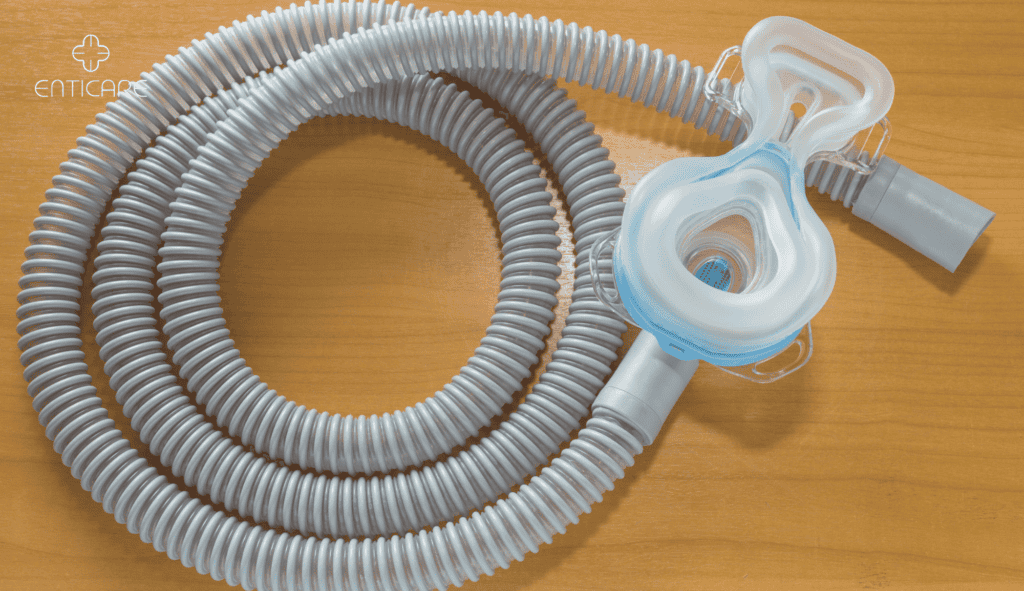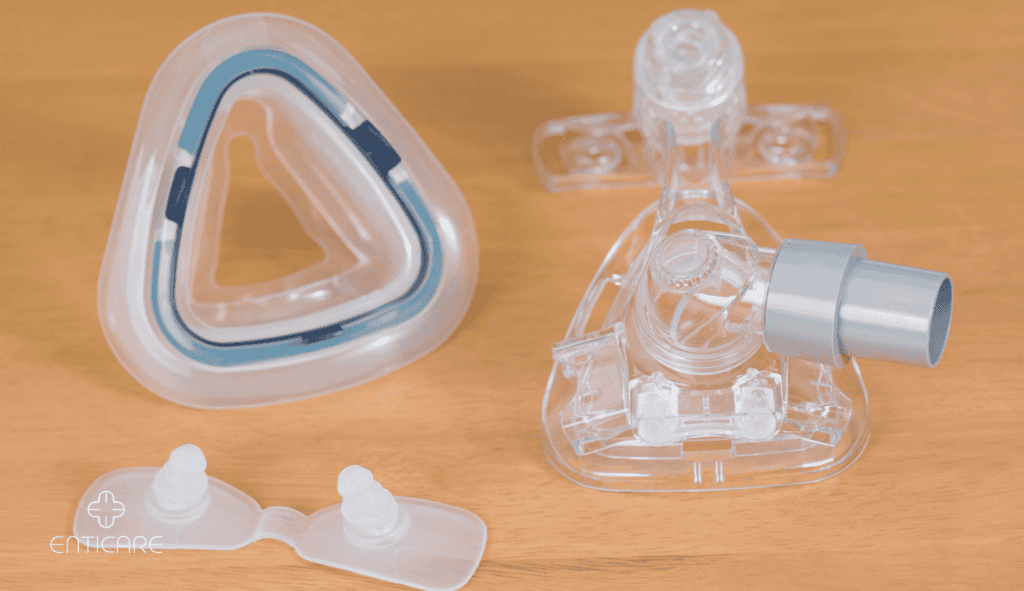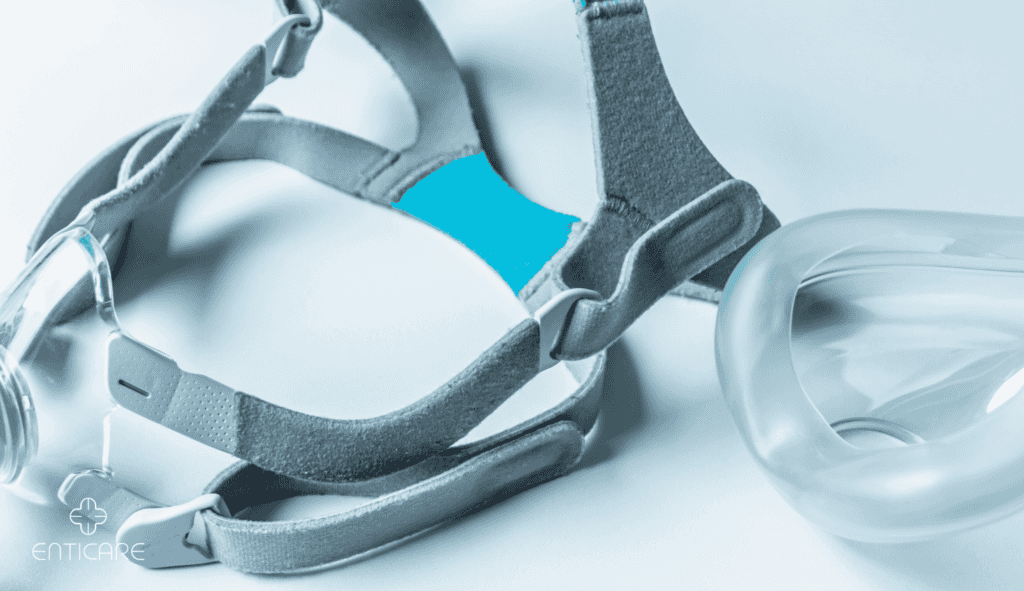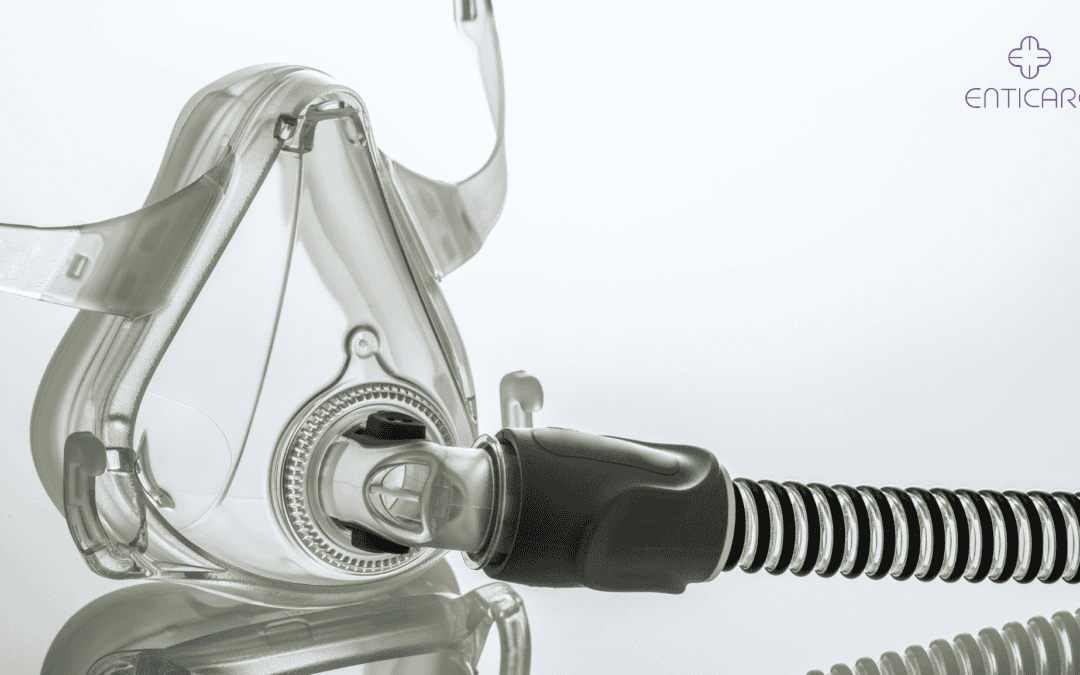Switching CPAP mask types can be a common consideration for many users seeking a comfortable CPAP mask and optimal effectiveness. However, making frequent changes to your CPAP mask may have implications for your therapy and overall experience. This blog explores the nuances of switching CPAP masks and provides guidance on finding the best approach for your needs.

Understanding CPAP Masks
Types of CPAP Masks
- Nasal Masks: Covering the nose, these masks are suitable for users who breathe primarily through their nose. They provide a secure fit with minimal contact on the face.
- Full Face Masks: Covering both the nose and mouth, these masks are ideal for users who breathe through their mouth or have trouble with nasal congestion. A full face CPAP mask is particularly important for new users to ensure a proper fit and effective therapy, as an ill-fitting mask can lead to increased chances of treatment discontinuation.
- Nasal Pillow Masks: These small, lightweight masks fit directly into the nostrils. They are less intrusive and suitable for users who prefer a minimalistic design.
Why You Might Consider CPAP Mask Replacement
- Comfort Issues: If your current mask causes discomfort or irritation, switching to a different type may provide relief and enhance your overall experience.
- Therapy Needs: Changes in your health condition or therapy requirements might necessitate a different mask type for optimal effectiveness.
- Lifestyle Changes: If you experience significant lifestyle changes, such as increased physical activity or different sleeping positions, a new mask type might better suit your needs.
- Worn Out Mask: Over time, the materials in CPAP masks can degrade, leading to a worn out mask. This can compromise the seal and effectiveness, allowing harmful pathogens and bacteria to enter the body through leaks. Timely replacement is crucial to maintain health and efficacy.
Potential Drawbacks of Frequent Changes
- Adjustment Period: Each mask type requires an adjustment period. Frequent switching may delay finding the perfect fit and compromise therapy effectiveness.
- Mask Fit and Seal: A consistent mask type helps maintain a proper fit and seal, which is crucial for effective therapy. Switching masks often can disrupt this balance.
- Increased Costs: Frequent changes can increase costs associated with purchasing and replacing masks, especially if insurance coverage is limited. It is generally recommended to replace CPAP masks every 3-6 months, but this can vary based on the manufacturer.

Impact on Therapy
Consistency in Therapy
- Mask Fit and Seal: The effectiveness of CPAP therapy depends on a consistent mask fit and seal. Regularly changing masks can impact the mask’s ability to provide a secure seal.
- Pressure Settings: Different mask types might affect how the CPAP pressure is delivered. Consistent mask use ensures accurate pressure delivery as prescribed by your healthcare provider. Proper maintenance of CPAP devices is crucial to ensure effective therapy.
- Therapy Effectiveness: Switching masks frequently can affect how well the CPAP therapy works. Stability in mask choice allows for better assessment of therapy
Comfortable CPAP Mask and User Compliance
- Comfort Factors: Comfort is crucial for user compliance. Switching to a more comfortable mask type may enhance adherence to CPAP therapy. CPAP users often find that a comfortable mask significantly improves their overall experience and treatment effectiveness.
- Skin Irritation: Different masks may have varying impacts on skin comfort. Finding a mask that minimizes irritation is essential for long-term use.
- Noise Levels: Some masks may produce more noise than others. A mask that is quieter may improve overall comfort and sleep quality.
Adjustment and Trial Periods
- Fitting Process: Each mask type may require a different fitting process. Ensure that you allow adequate time for adjustment and trial before switching again.
- Consultation with Healthcare Providers: Regular consultations with your healthcare provider can help in evaluating the need for mask changes and ensuring that the selected mask meets your therapy needs.
- Trial Periods: Many providers offer trial periods for different masks. Utilize these opportunities to assess which mask works best for you before making a permanent switch. Additionally, consider the importance of replacing your CPAP supplies regularly to maintain optimal performance.

Best Practices for Switching Masks
Evaluate Your Needs
- Identify Issues: Assess why you want to switch masks. Whether it’s comfort, fit, or therapy-related issues, understanding the reason helps in choosing the right mask type. Additionally, evaluate the condition of your CPAP mask parts to ensure they are functioning properly and consider if they need replacement.
- Consult Your Provider: Discuss your concerns and preferences with your healthcare provider. They can offer guidance on which mask type may best meet your needs.
- Review Options: Research different mask types and their features. Consider factors such as comfort, fit, and compatibility with your CPAP machine.
Gradual Transition
- Trial Use: If possible, trial the new mask for a few nights to gauge its comfort and effectiveness before making a permanent switch.
- Monitor Results: Track any changes in your therapy experience and comfort level. Adjustments may be necessary based on your observations. Remember to replace your CPAP tubing every 90 days to prevent contaminants from accumulating and ensure optimal performance.
- Maintain Communication: Keep open communication with your healthcare provider throughout the transition process to address any issues promptly.
Ensure Proper Fit
- Proper Sizing: Ensure that the new mask is correctly sized and adjusted for a proper fit. An ill-fitting mask can lead to discomfort and ineffective therapy.
- Check Seals: Regularly check the mask seals to ensure they remain effective. A secure seal is crucial for optimal CPAP therapy.
- Follow Maintenance Guidelines: Adhere to maintenance and cleaning guidelines for the new mask to ensure its longevity and effectiveness. Regularly cleaning and replacing CPAP supplies is essential to maintain a proper fit and prevent health issues.
Conclusion
Switching CPAP mask types can offer comfort and improve therapy effectiveness if done thoughtfully. However, frequent changes may disrupt therapy consistency and increase costs. Evaluate your needs, consult with your healthcare provider, and follow best practices for a smooth transition. Proper mask selection is crucial for effective sleep apnea treatment.
For personalized guidance and assistance with your CPAP therapy, schedule an appointment with our specialists at Enticare. We are here to help you find the best solutions for your CPAP needs and ensure that you get the most out of your therapy.
Resources
- American Sleep Association: Choosing the Right CPAP Mask
- National Sleep Foundation: CPAP Therapy
- Sleep Health Foundation: CPAP Mask Types

